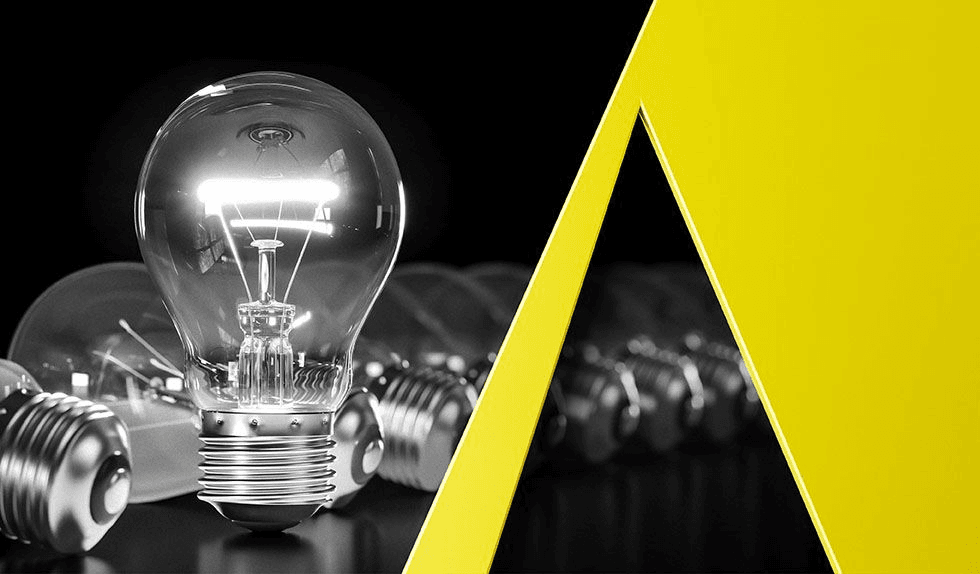In a final written decision of an inter partes review proceeding, the Patent Trial and Appeal Board found all 12 claims of a challenged patent unpatentable as either anticipated or obvious. Each ground of unpatentability relied, in whole or in part, on Patent Owner’s own prior art, including clinical trials published at ClinicalTrials.gov.
The challenged patent was directed to methods of treating rheumatoid arthritis comprising administering a fixed dose of tocilizumab, an antibody that binds to the receptor of interleukin-6. Petitioner asserted that the challenged claims were anticipated by a clinical trial posted by Patent Owner. Petitioner also argued that the challenged claims were obvious over the clinical trial and an international patent application filed by a group of scientists employed by Patent Owner. Petitioner’s remaining grounds of unpatentability asserted that the challenged claims were obvious over the clinical trial, the patent application and an additional prior art reference.
As an initial matter, Patent Owner argued that the clinical trial, which was posted before the critical date of the challenged patent, was nevertheless not publicly available by that date and therefore not prior art. Petitioner provided testimony of an expert who had worked on drafting the statute governing ClinicalTrials.gov. The expert testified that the website was designed to be a consumer-friendly database to be used by members of the public. Petitioner’s expert also showed how the clinical trial could be found by a person of ordinary skill in the art by searching for the clinical trial number. Patent Owner faulted Petitioner’s expert for not showing how to find the clinical trial by searching keywords such as “tocilizumab” or “rheumatoid arthritis,” as a POSA might have done. Patent Owner also argued that keyword searches on ClinicalTrials.gov are not always reliable because the names of drugs and health conditions are not standardized. The PTAB disagreed that these alleged deficiencies rendered the clinical trial not publicly available before the critical date for the patent.
After finding that the clinical trial was prior art to the challenged patent, the PTAB determined that nine of the 12 challenged claims were anticipated by the clinical trial. The PTAB found that the clinical trial disclosed a method of treating rheumatoid arthritis comprising subcutaneously administering tocilizumab as a fixed dose of 162 mg per dose every week or every two weeks, as recited by two independent claims. Patent Owner argued that the clinical trial did not anticipate the challenged claims because the prior art trial did not teach administering tocilizumab in a single injection or that the method was efficacious. The Board rejected these arguments as inconsistent with the adopted claim construction, which required neither administration of tocilizumab as a single injection nor efficacy.
Turning to Petitioner’s second ground of unpatentability, the PTAB found that the same nine challenged claims were also obvious over the clinical trial combined with the international patent application filed by Patent Owner. The international patent application taught high-concentration formulations for administration of antibodies in a single subcutaneous injection. The PTAB was persuaded that a POSA would be motivated to combine the teachings of the international patent application with the tocilizumab clinical trial with a reasonable expectation of success because the patent application was published by Patent Owner, which was known for innovating tocilizumab. Thus, even if the challenged claims require a single subcutaneous injection, contrary to the Board’s claim construction, the challenged claims would still be unpatentable as obvious over the clinical trial and the international patent application.
Practice Tip: Publishing scientific findings serves a strategic benefit of creating prior art to potentially invalidate the patents of competitors. Such publication may even be required, as in the case of clinical trials. However, a prospective patent applicant should take care to avoid creating prior art against itself. It is especially important to coordinate between inventors and patent agents to ensure that a patent application is timely filed such as to avoid attacks based on any unintended public disclosure of the claimed invention.
Celltrion, Inc. v. Chugai Seiyaku Kabushiki Kaisha, No. IPR2022-00578, Paper 78 (P.T.A.B. August 29, 2023).


